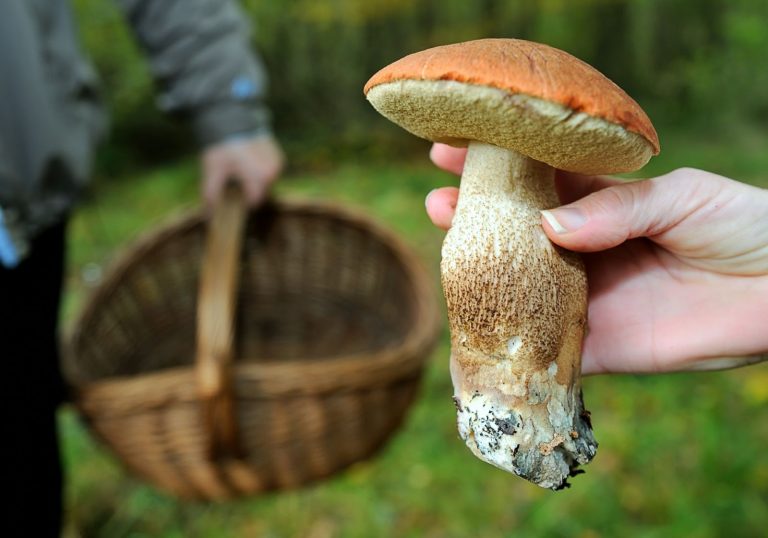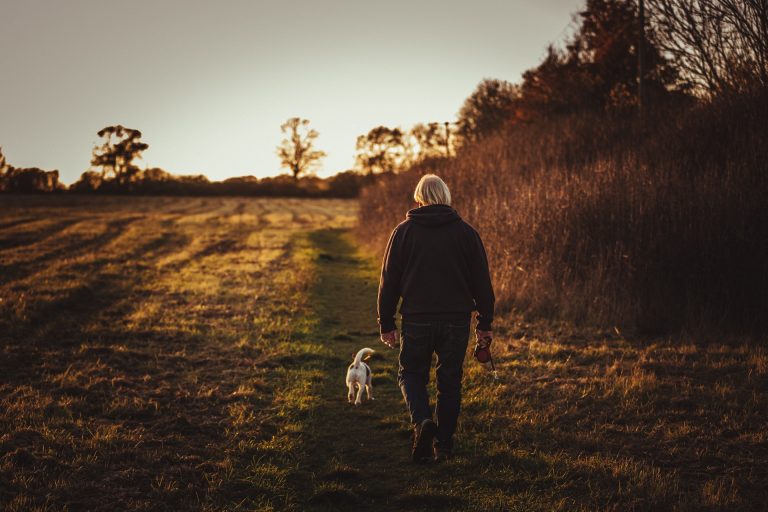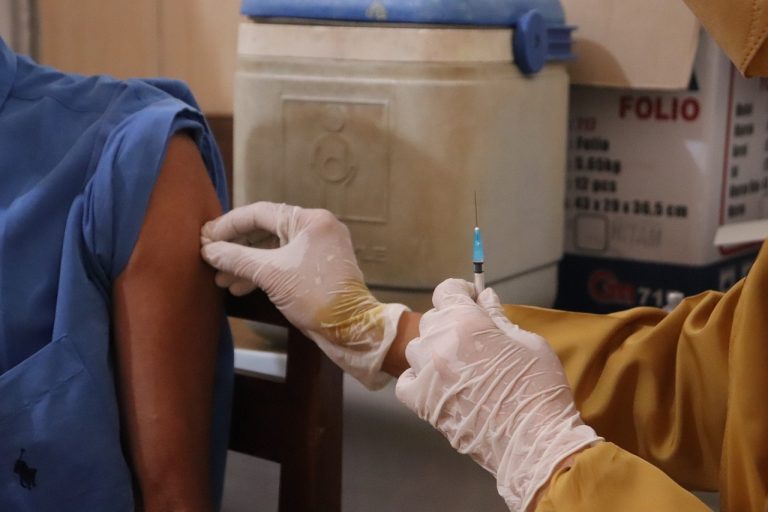If your mushroom pallet is limited to buttons and portabellas, you’re missing out on a whole load of yum, and more vitamins and minerals than you can shake a stick at. An important protein and B vitamins source for vegetarians also contain compounds conducive to preventing and treating cancer.
A well-established alternative medical treatment of cancer, mushrooms have seen renewed interest in cancer research of late, with studies concluding that consuming more mushrooms reduces the risk of cancer.
Neither plant nor animal, mushrooms belongs to the kingdom of fungi, an order of organism that typically digests its food externally through the use of mycelium, by far the largest part of the organism. Mycelia are said to comprise 80 percent of the Earth’s soil. Best likened to fruit, the mushroom is a fungal reproductive structure with its “seeds” being microscopic spores, produced in the millions, on the underside of the mushroom’s cap.
History
The use of mushrooms is believed to predate history. Archaeological evidence suggests that mushrooms were used as early as 10,000 BC for spiritual purposes. In the fourth century BC, Aristotle mentioned foraged fungi in his writing, as did Pliny, the Elder in the first century AD. According to Cynthia Bertelsen, in her book Mushroom: A Global History, shiitake were the first mushrooms to be cultivated, starting in China and Japan in the 600s. By the 1820s, mushrooms made their debut in America, with a recipe in The Virginia Housewife cookbook.
Throughout history, specific mushrooms have been used medicinally. Properties that we now recognize as immune boosters were helpful in the treatment of various diseases, including cancer. Reishi extract is well known for its healing properties in this regard.
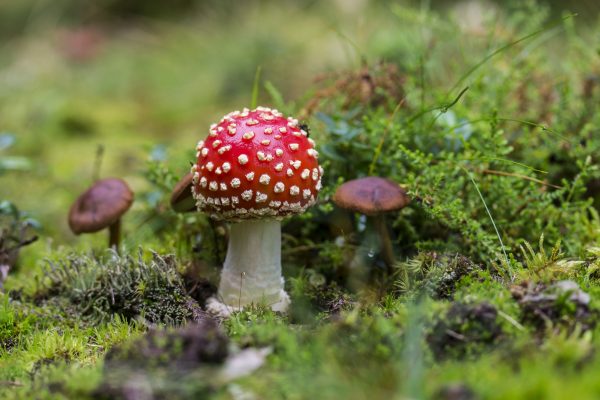
Success
You are now signed up for our newsletter
Success
Check your email to complete sign up
Many cultures have historically used hallucinogenic mushrooms for religious, ceremonial, spiritual, or ritual purposes. “Magic” mushrooms are a type of psychoactive mushroom effective through its naturally occurring psychedelic compound psilocybin. Another mushroom, Amanita muscaria, gets its psychoactive properties from the neurotoxins muscimol and ibotenic acid. The iconic “toadstool,” this mushroom is classified as poisonous, though it has rarely caused a human death.
Mayan and Aztec statues and artwork depict the use of hallucinogenic mushrooms many hundreds of years ago. Ethnomycologist R. Gordon Watson’s 1950’s exploration of and experimentation with ancient magic mushroom rituals in southern Mexico led him to proclaim that “psychedelic mushrooms were the catalyst for humanity’s advancement in language and religion.” His book Seeking the Magic Mushroom was certainly the catalyst for widespread psychedelic drug use.
After psychedelic chemists, Albert Hofmann and Roger Heim were interested in Watson’s book, the compounds found in magic mushrooms were quickly isolated and synthesized for pharmaceuticals.
Psychedelic drug use skyrocketed in the 60s, leading to President Nixon’s “war on drugs,” whence the substances were made illegal. Johns Hopkins University researchers have recently discovered that the active compound psilocybin can effectively treat depression, anxiety, and quitting smoking and have thus requested reclassification of the drug.
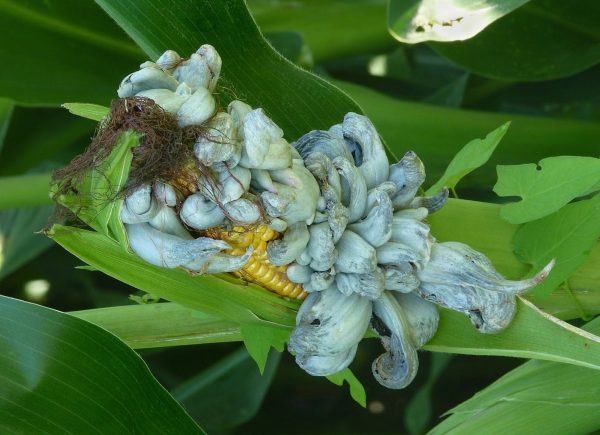
Nutritional value
Most mushrooms are high in vitamins B12, B3, B5 (riboflavin, niacin, pantothenic acid), and C. They also contain minerals such as copper, selenium, phosphorus, potassium, proteins and iron, fiber, and folic acid. Huitlacoche, or corn smut, is a sooty-looking lumpy fungus that grows inside an ear of corn. This unique mushroom is decidedly more nutritious than its cereal grain host.
The common button mushroom, belonging to the genus Agaricus, contains the carcinogen agartine. For this reason, many mycologists recommend cooking before consumption. The compound is readily deactivated by both heat and cold (freezing temperatures). It also quickly oxidizes in storage, so there is no need to avoid this nutritional treasure.
Of the approximately 50,000 different species of mushrooms, only 1 or 2 percent are poisonous, and only about a dozen would cause fatalities. There are a far greater number of edible and medicinal mushrooms, approximately 2,300 according to Science Direct, with their usefulness increasing all the time. Some species are known to consume plastic, thus reducing waste and turning it into a food source.
Prevention and treatment of Cancer
While specific mushrooms have been used medicinally for decades in cancer treatment and tumor reduction, recent studies show that consuming more mushrooms, in general, can be an effective way to prevent cancer. After reviewing 17 studies dating from 1966 to 2020 involving 19,500 cancer patients, Penn State researchers found that the consumption of as little as ¼ cup of mushrooms per day reduced the risk of developing cancer by 45 percent. The risk reduction was even more pronounced with breast cancer specifically.
“Overall, these findings provide important evidence for the protective effects of mushrooms against cancer,” said Professor John Richie, author of the study.
Bioactive compounds and micronutrients found in mushrooms, along with the aforementioned vitamins and minerals, are considered integral to a healthy diet, while antioxidants are key in preventing disease. In particular, two sulfur antioxidants, glutathione, and ergothioneine promote healthy aging and protect against chronic diseases.
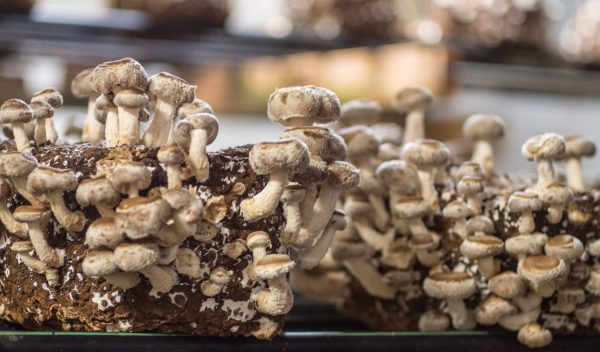
“Mushrooms are the highest dietary source of ergothioneine, which is a unique and potent antioxidant and cellular protector. Replenishing antioxidants in the body may help protect against oxidative stress and lower the risk of cancer,” said study co-author Djibril Ba, a graduate student at Penn State.
Not all mushrooms are created equal in terms of cancer-fighting compounds. Levels of ergothioneine and glutathione vary per species, making some mushrooms more effective in reducing cancer risk than others, although one will benefit from eating almost any edible mushrooms. According to Penn State Center for Plant and Mushroom Products for Health Director Robert Beelman, also a co-author of the study, “what we found is that, without a doubt, mushrooms are the highest dietary source of these two antioxidants taken together, and that some types are really packed with both of them.”
Specific species
The Penn State study found shiitake, maitake, and oyster mushrooms to have high amounts of ergothioneine and glutathione but named porcini (Boletus edulis) the winner for the highest amounts of both antioxidants. Health Fitness Revolution listed the “Ten Healthiest Mushrooms” in a 2018 report. Many of the ten touted cancer-fighting properties.
Reishi, or Lingzhi (靈芝) in Chinese, offers astounding health benefits. Besides being antibacterial, antiviral, and antifungal, unique immune-boosting polysaccharides give this mushroom its reputation as an ancient symbol of longevity, while triterpenoid Gandoderic acid inhibits tumors eradicates cancerous cells.
Shiitake, a surprisingly good source of vitamin D, is also rich in the anti-tumor compound called lentinan. One of the easiest mushrooms to grow at home, it is as delicious as it is nutritious.
Oysters, a large family of mushrooms consisting of over 200 species, are therapeutic and preventative for both breast and colon cancer. Specifically, consuming tea or alcohol extracts have shown to be beneficial.
White Button, the most common culinary mushroom, has proven effective in preventing breast and colon cancer in humans and animals.
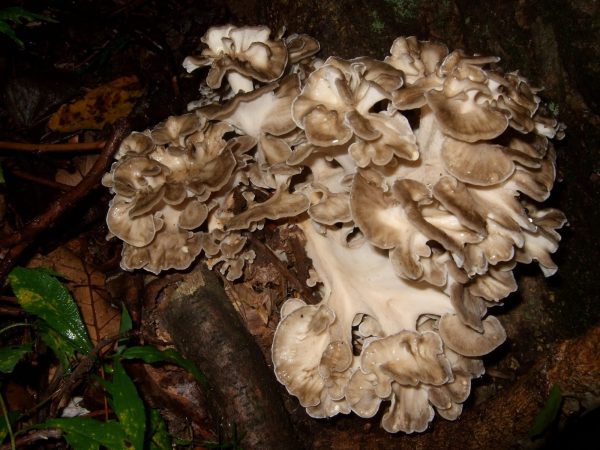
Maitake, especially helpful in controlling diabetes, is also a powerful immune booster with anticancer properties. Half a cup of maitake per day is said to “sweep the system” of abnormal cells while releasing killer cells that attack malignant intruders.
Shimeji features high levels of beta-glucans, which help control asthma and boost the immune system’s healing capacity. According to the National Cancer Institute of Japan, beta-glucans can also retard and destroy growing tumors.
Most of these mushrooms can be found either at health food or Asian groceries, and all can be consumed and enjoyed without dangerous side effects, unlike any conventional cancer treatment. So add some earthy magnificence to your diet today, and your body will thank you tomorrow!



